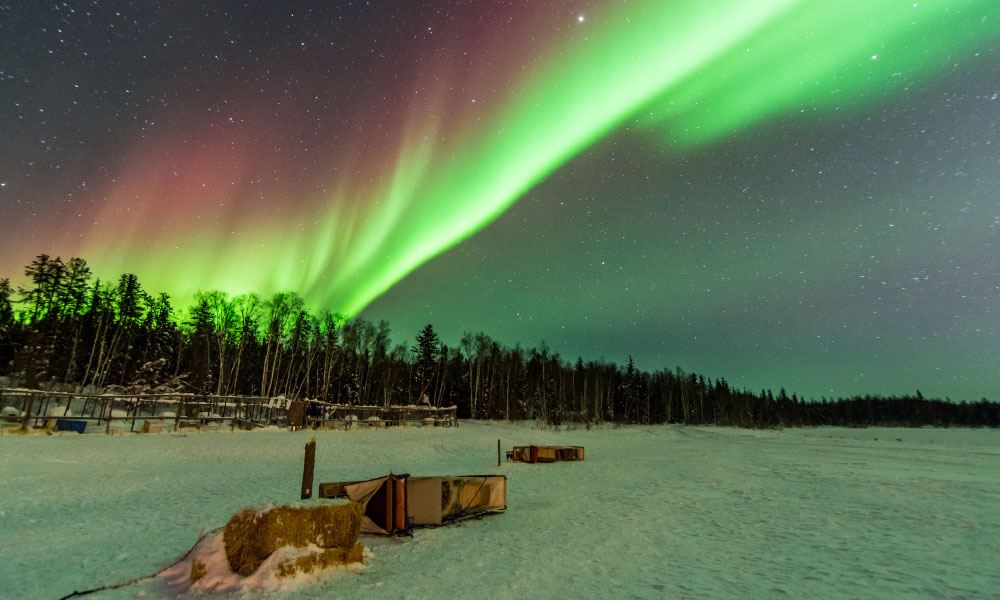
A Field Report: Dogs with Backpacks
Nearly a decade ago, I had the opportunity to join ten other “alpha dogs” in a hike across the Grand Canyon, from the south rim to the north rim in one day. Known as the “Rim to Rim,” this is a pretty grueling hike, as you cover 22 miles in 12 hours (+/-) and descend from the south rim at 5,500 ft (above sea level) to the canyon floor, where the Colorado River runs at about 2100 ft. The ascent from the valley floor to the north rim is a 6,000 ft ascent (to approximately 8,000 ft above sea level) that you cover over endless switch-backs in the final 3 miles of the hike.
Frankly, I had no idea what I was in for. People die each year in the Canyon, principally from heat exhaustion/heart attack. The weather was mercifully cool (low 90’s), and we managed to stay out of the direct sun for 75% of the duration of the hike. But it was nonetheless exhausting. We began at 3AM hiking with headlamps and finished at 3PM. How did a bunch of 50ish, amateur outdoorsmen successfully complete this journey? Because of the presence of a great Musher.
Our Musher is an unassuming guy, a medical services executive, who also happened to be a retired Navy SEAL sniper. I’ll call him “Bob”. Bob had been on a number of these hikes before, and has actually completed a “Rim to Rim to Rim” hike (nearly 24 hours elapsed time) – twice. He is an ultra fit, highly competitive individual with deep capacity for focus, and an exceptionally even disposition. Equally, he exudes a quiet confidence, and grace under pressure.
So why is this individual a Musher? First, he knew where this team needed to go, and although he had traversed the terrain numerous times, he once again planned the route carefully. Second, he quietly but persistently insisted that each of us participate in various types of training regimens, weight loss programs, and regular exercise, including long practice hikes some which began in the middle of the night. He made us understand that we were each our own enemy in our possible failure to take the preparation seriously. He impressed upon us that if one of us got into trouble, the whole group would be in trouble. He showed up at people’s homes late in the evening, after finishing dinner with his family, to check on sprains, pulled muscles, blisters, and the like. Was he a paid guide? No, he was just another one of “the guys”. However, he became the unanointed, but very real, titular head of our “pack”. Why?
Bob’s leadership during the course of our preparation was eclipsed by his selfless behavior on the trail itself. Always at the rear of our column, he watched each of us closely and carefully for signs of fatigue or equipment trouble. I knew even in his casual conversation he was watching how people stepped, how they breathed, how regularly they were taking water. His training as a sniper certainly was evident in the fact that you always knew he was there, but never really knew where he was. When a couple of our members began to struggle in the last quarter of the hike, he was quick to administer aid, taking the pack from one of our crew, and offering to take the pack of another, who declined. He refused numerous times to “go on ahead” and leave his position at the end of the column. And he did this without fanfare, without any desire for recognition.
It was great to see a true Musher in action. It was equally great to see how these high-powered bankers, lawyers, and businessmen automatically deferred to Bob’s implicit authority. We respected him because he was better trained, was experienced, knew the route, had a plan, had numerous backup plans, and had prepared not just for his own successful completion of the hike, but for all of the group. You just don’t often see a group of large egos offering the mantle of leadership to an unassuming, quiet guy in the rear. Bob instilled a confidence in us before and during the hike which became exuberance as we rose over the crest of the final switchback — all eleven of us — dusty and exhausted, grinning from ear to ear.
So Bob is a Musher because he:
- Developed a plan and communicated it often
- Knew the terrain, and knew where he was going
- Prepared sufficient supplies
- Ensured that his team had the training, capacity, and capability to be successful
- Constantly monitored the health and overall performance of the team and its individual members
- Insisted on a pace and held the team to it
- Was amiable and cheerful, quietly confident, and exuded grace when under pressure
- Was prepared to sacrifice on behalf of any individual team member to ensure the success of the overall team
You can find Musher behavior in virtually all walks of life. Become a student of it and learn to know it when you see it. Remember its power and its effect on you, and on others. Then put it into practice yourself.
New? Start here.
Stay in the Know
Sign-up to get our latest articles delivered right to your Inbox.
"*" indicates required fields
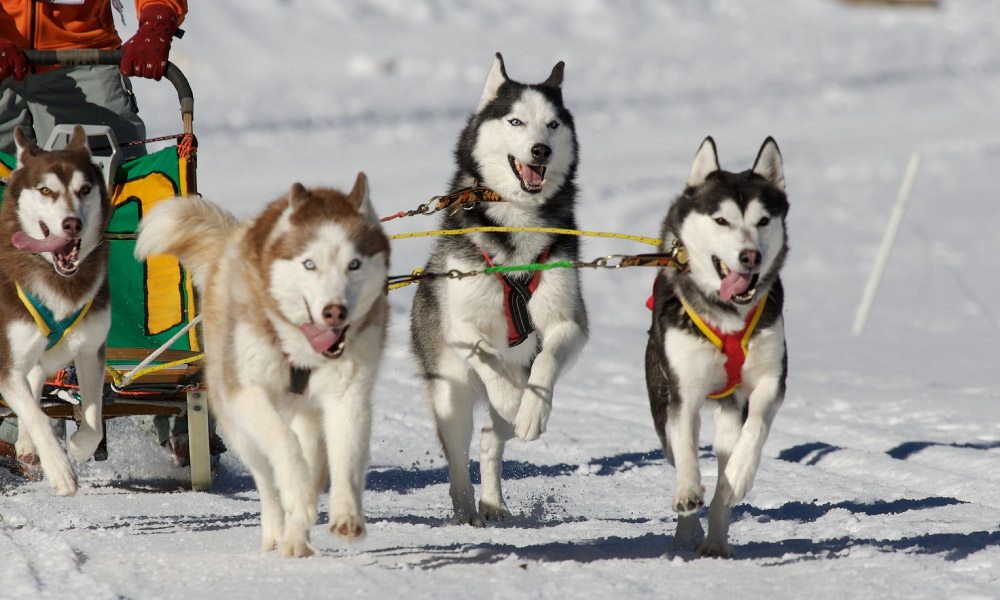
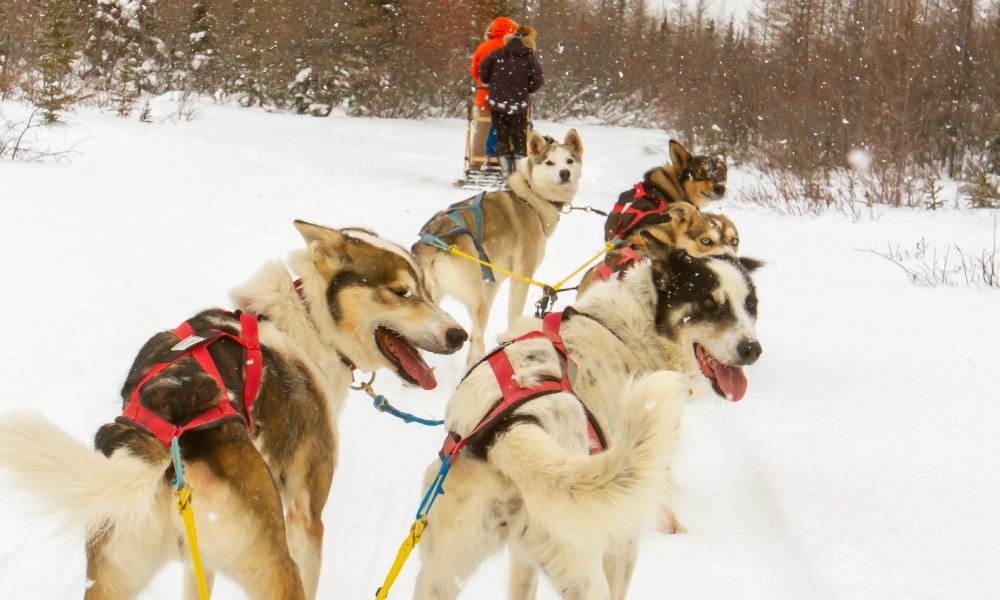
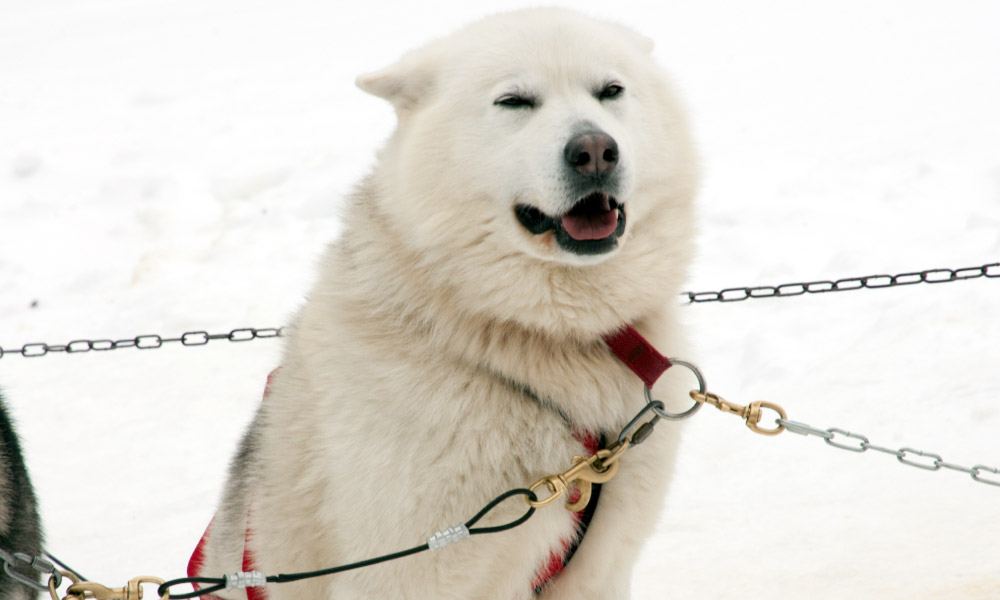
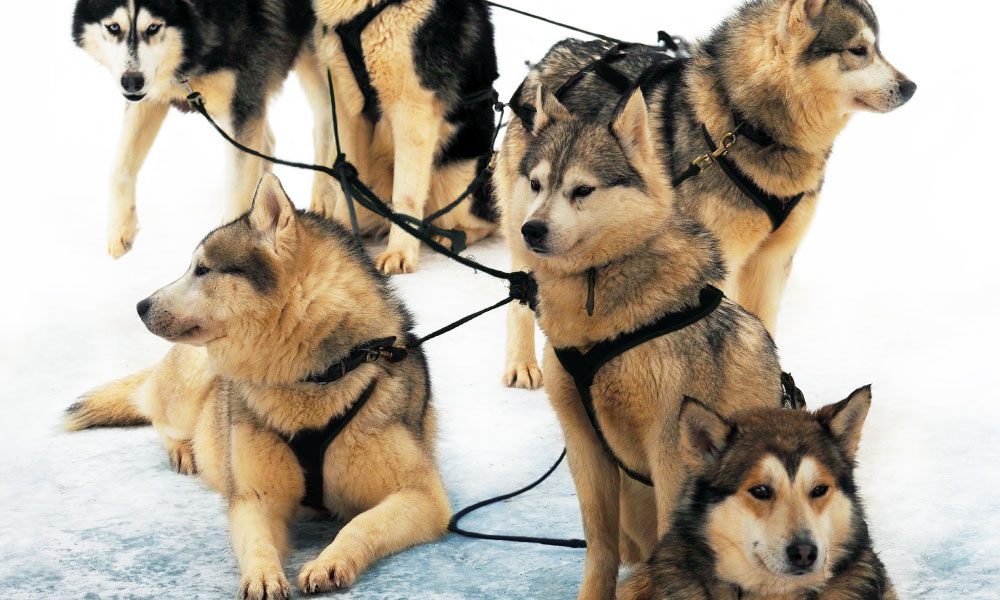
great lesson & sounds like a great trip